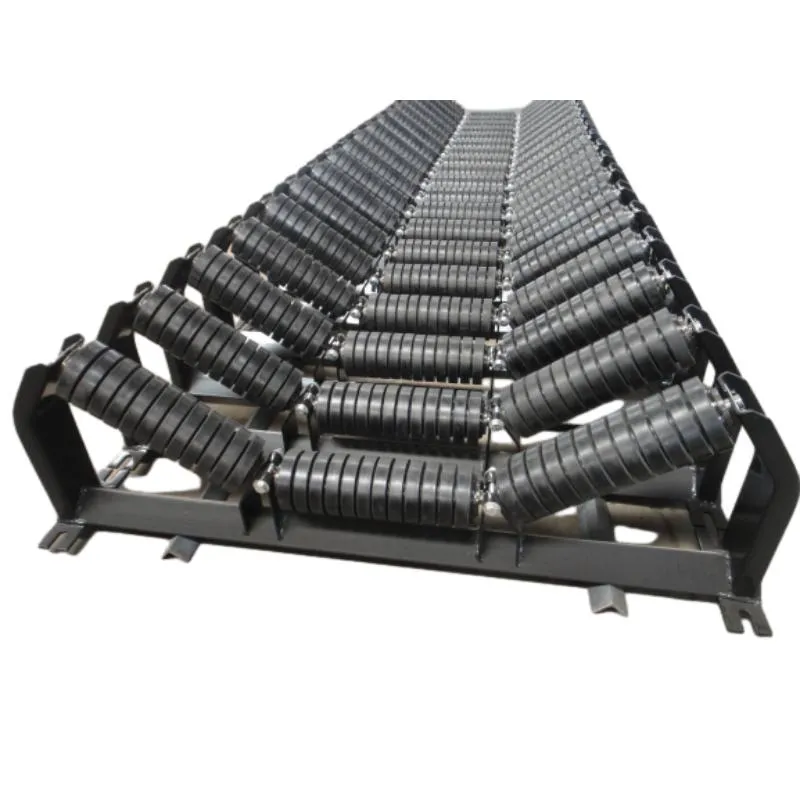 Afrikaans
Afrikaans  Albanian
Albanian  Amharic
Amharic  Arabic
Arabic  Armenian
Armenian  Azerbaijani
Azerbaijani  Basque
Basque  Belarusian
Belarusian  Bengali
Bengali  Bosnian
Bosnian  Bulgarian
Bulgarian  Catalan
Catalan  Cebuano
Cebuano  Corsican
Corsican  Croatian
Croatian  Czech
Czech  Danish
Danish  Dutch
Dutch  English
English  Esperanto
Esperanto  Estonian
Estonian  Finnish
Finnish  French
French  Frisian
Frisian  Galician
Galician  Georgian
Georgian  German
German  Greek
Greek  Gujarati
Gujarati  Haitian Creole
Haitian Creole  hausa
hausa  hawaiian
hawaiian  Hebrew
Hebrew  Hindi
Hindi  Miao
Miao  Hungarian
Hungarian  Icelandic
Icelandic  igbo
igbo  Indonesian
Indonesian  irish
irish  Italian
Italian  Japanese
Japanese  Javanese
Javanese  Kannada
Kannada  kazakh
kazakh  Khmer
Khmer  Rwandese
Rwandese  Korean
Korean  Kurdish
Kurdish  Kyrgyz
Kyrgyz  Lao
Lao  Latin
Latin  Latvian
Latvian  Lithuanian
Lithuanian  Luxembourgish
Luxembourgish  Macedonian
Macedonian  Malgashi
Malgashi  Malay
Malay  Malayalam
Malayalam  Maltese
Maltese  Maori
Maori  Marathi
Marathi  Mongolian
Mongolian  Myanmar
Myanmar  Nepali
Nepali  Norwegian
Norwegian  Norwegian
Norwegian  Occitan
Occitan  Pashto
Pashto  Persian
Persian  Polish
Polish  Portuguese
Portuguese  Punjabi
Punjabi  Romanian
Romanian  Russian
Russian  Samoan
Samoan  Scottish Gaelic
Scottish Gaelic  Serbian
Serbian  Sesotho
Sesotho  Shona
Shona  Sindhi
Sindhi  Sinhala
Sinhala  Slovak
Slovak  Slovenian
Slovenian  Somali
Somali  Spanish
Spanish  Sundanese
Sundanese  Swahili
Swahili  Swedish
Swedish  Tagalog
Tagalog  Tajik
Tajik  Tamil
Tamil  Tatar
Tatar  Telugu
Telugu  Thai
Thai  Turkish
Turkish  Turkmen
Turkmen  Ukrainian
Ukrainian  Urdu
Urdu  Uighur
Uighur  Uzbek
Uzbek  Vietnamese
Vietnamese  Welsh
Welsh  Bantu
Bantu  Yiddish
Yiddish  Yoruba
Yoruba  Zulu
Zulu Understanding the Functionality and Benefits of Take-Up Pulleys in Conveyor Systems
Understanding the Take-Up Pulley A Key Component in Conveyor Systems
In various industries, the efficiency of material handling systems is critical to optimizing productivity and reducing operational costs. Among the many components that contribute to the effective operation of conveyor systems, the take-up pulley plays an essential role. This article delves into the functionality, importance, and application of take-up pulleys, highlighting their significance in various industrial processes.
What is a Take-Up Pulley?
A take-up pulley is a mechanical device commonly found in conveyor systems. Its primary function is to maintain the proper tension in the conveyor belt. The take-up pulley compensates for any elongation or slack in the belt caused by wear and tear or environmental factors, ensuring smooth and efficient operation. By maintaining the correct tension, the take-up pulley helps to prolong the life of the conveyor belt, reduce maintenance costs, and minimize downtime caused by equipment failure.
The Functionality of Take-Up Pulleys
At its core, the take-up pulley is designed to adjust the length of the conveyor belt's path. This is achieved through a mechanism that allows for vertical or horizontal movement, depending on the design of the conveyor system. The positioning of the take-up pulley ensures that the belt remains taut, preventing slippage and misalignment, which could lead to inefficiencies in material transport.
There are typically two types of take-up systems the manual take-up and the automatic take-up. Manual take-up systems require operators to adjust the pulley tension manually, while automatic systems use sensors and actuators to maintain optimal tension without human intervention. The choice between these options often depends on the scale, complexity, and specific requirements of the operation.
Importance of Take-Up Pulleys
1. Tension Maintenance The most significant role of a take-up pulley is maintaining the proper tension in the conveyor belt. Insufficient tension can lead to belt slippage, while excessive tension can cause premature wear and even belt failure.
take up pulley

2. Belt Longevity By ensuring that the belt operates under optimal conditions, take-up pulleys significantly extend the lifespan of conveyor belts. This longevity translates to reduced costs associated with frequent replacements and repairs.
3. Operational Efficiency A properly tensioned belt facilitates smoother material handling. This efficiency decreases the likelihood of jams and interruptions, thus maximizing production rates.
4. Safety Maintaining the correct belt tension can also enhance workplace safety. A loose belt may snap or derail, posing a risk to operators and equipment. A reliable take-up pulley system mitigates such hazards.
Applications of Take-Up Pulleys
Take-up pulleys are utilized across various sectors, including manufacturing, mining, agriculture, and logistics. In manufacturing settings, they are integral to assembly lines, ensuring components move seamlessly from one station to another. In the mining industry, take-up pulleys are crucial for transporting raw materials, where rugged conditions demand robust and reliable equipment.
Additionally, in agriculture, take-up pulleys assist in the movement of harvested crops through processing facilities. In logistics, they ensure that packages are transported efficiently within warehouses and distribution centers.
Conclusion
The take-up pulley might seem like a small component in the grand scheme of conveyor systems, but its impact is substantial. By maintaining proper belt tension, it ensures operational efficiency, enhances safety, and prolongs the lifespan of conveyor belts. As industries continue to evolve, understanding and investing in the right take-up pulley systems is vital for staying competitive. This seemingly straightforward component embodies the intricate engineering solutions that keep heavy industries running smoothly, proving that every element, no matter how small, plays a vital role in the success of industrial operations.
-
Revolutionizing Conveyor Reliability with Advanced Rubber Lagging PulleysNewsJul.22,2025
-
Powering Precision and Durability with Expert Manufacturers of Conveyor ComponentsNewsJul.22,2025
-
Optimizing Conveyor Systems with Advanced Conveyor AccessoriesNewsJul.22,2025
-
Maximize Conveyor Efficiency with Quality Conveyor Idler PulleysNewsJul.22,2025
-
Future-Proof Your Conveyor System with High-Performance Polyurethane RollerNewsJul.22,2025
-
Driving Efficiency Forward with Quality Idlers and RollersNewsJul.22,2025





























